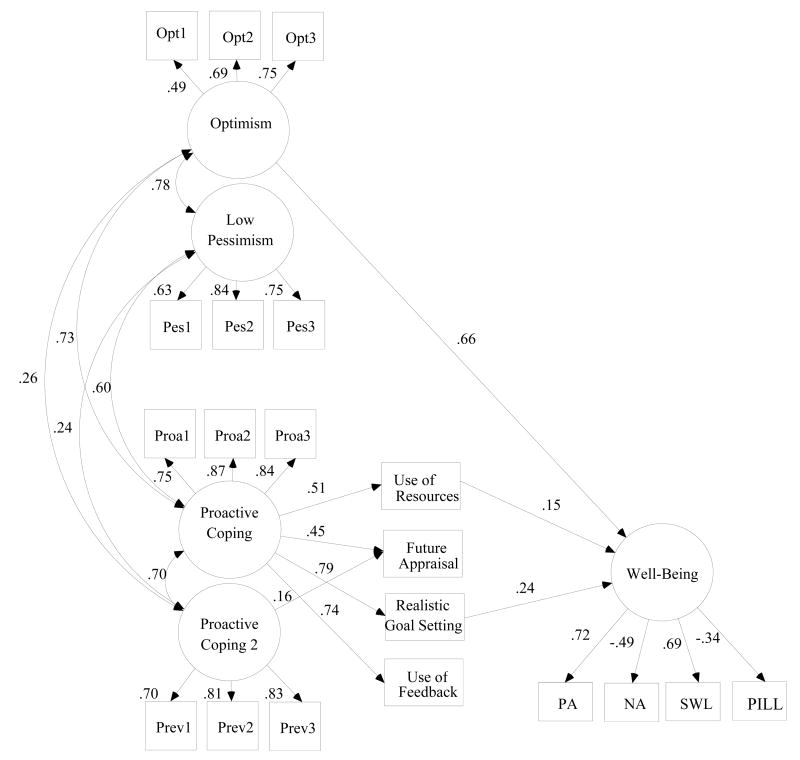Figure 1. Model of Proactive Coping 1 and Proactive Coping 2 predicting Well-being and exam grade and how these relationships are explained by the proactive competencies.
Note. PA = Positive Affect; NA = Negative Affect, SWL = Satisfaction With Life; PILL = Physical Symptoms. All path coefficients displayed are statistically significant (p < .05). For simplicity, error terms are not shown.

